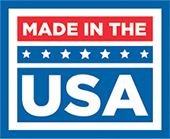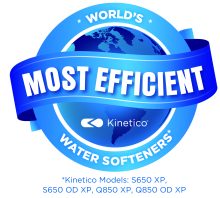Comparing Water Filters: Which One Offers the Best Value?
Finding clean and safe drinking water is crucial, but with so many water filter options it can be challenging to choose the one that best fits your needs and budget. This guide breaks down the most popular types of water filters and explains how each one works and the benefits they offer. With this, you’ll be better equipped to decide which filter is the best investment for your home and lifestyle.
Understanding Different Types of Water Filters
- Activated Carbon Filters
Activated carbon filters are one of the most popular and widely used water filters for home use. These filters use carbon to attract and trap impurities in the water. They are particularly effective at removing chlorine, sediment and other small particles and make the water taste and smell better. Activated carbon filters are affordable, easy to install and require low maintenance which makes them a great choice for households.
- Reverse Osmosis Systems
Reverse osmosis (RO) systems are known for their comprehensive filtration capabilities. They work by pushing water through a semi-permeable membrane, which removes a wide range of contaminants, including heavy metals, pesticides and other impurities that ordinary filters may miss. While these systems provide high-quality water, they are generally more expensive and require more space and installation work than basic carbon filters. RO systems also tend to waste a bit of water during the filtration process, which may be a concern for some households.
- Whole House Filters
As the name suggests, whole house water filters are designed to filter water throughout your home. These filters are often installed at the main water supply line which means every faucet, shower and appliance receives filtered water. This can be particularly useful if you have concerns about water quality affecting your skin, laundry, or dishes. Whole house systems are more costly and complex, but they offer convenience for households that want full coverage.
- UV Filters
UV water filters use ultraviolet light to disinfect water, targeting bacteria, viruses and other microorganisms. This is an excellent option for people living in areas where bacterial contamination is a concern. However, UV filters do not remove chemical contaminants, so they are often used alongside other filtration methods, like carbon and RO, for more comprehensive treatment. UV filters are low-maintenance and energy-efficient, though they require an electricity source to operate.
Key Factors to Consider When Choosing a Water Filter
Selecting the right water filter depends on various factors, including your water source, budget and maintenance preferences. Here are some essential points to think about:
- Contaminants Present: Before buying a filter, it’s important to understand what’s in your water. Different filters target different contaminants, so choose one that addresses the specific impurities found in your supply.
- Installation and Maintenance: Some filters, like activated carbon, are easy to install and require minimal maintenance, while others, like RO systems, may need professional installation and more frequent upkeep.
- Flow Rate: Filters can affect water flow, especially whole-house systems and RO filters. If you have a large household, you may need a system that supports a higher flow rate to avoid reduced water pressure.
Which Water Filter Offers the Best Value?
When it comes to value, activated carbon filters are a great choice for many households. They are affordable, improve water taste and smell and require minimal maintenance. For families looking for more robust filtration, an RO system might be a worthwhile investment, especially if there are concerns about heavy metals or chemicals in the water.
For those who want full-home coverage, a whole house filter offers the convenience of filtering every drop of water that enters your home. Although these systems are pricier upfront, they provide benefits if water quality is a concern beyond drinking water. UV filters are a solid option for microbial contamination and work best when paired with another type of filter to ensure thorough filtration.
Reach out to Rabb Water today to explore advanced options for water filtration in Lafayette IN. Our cutting-edge water filtration solutions can elevate your home’s water quality so you can be at ease that your family is in good hands.




